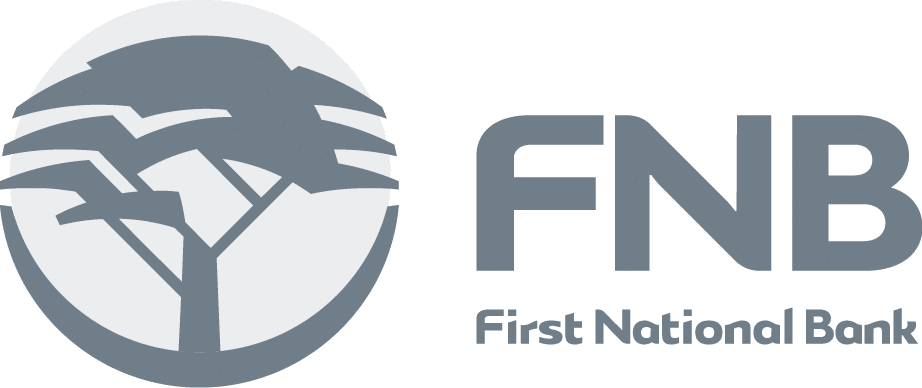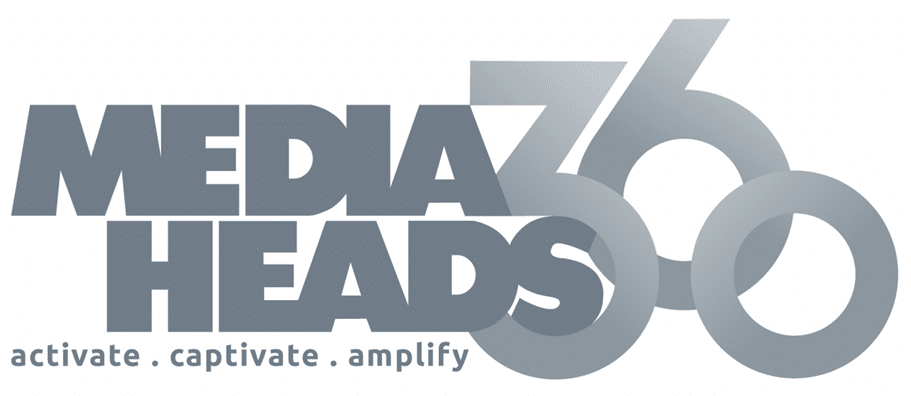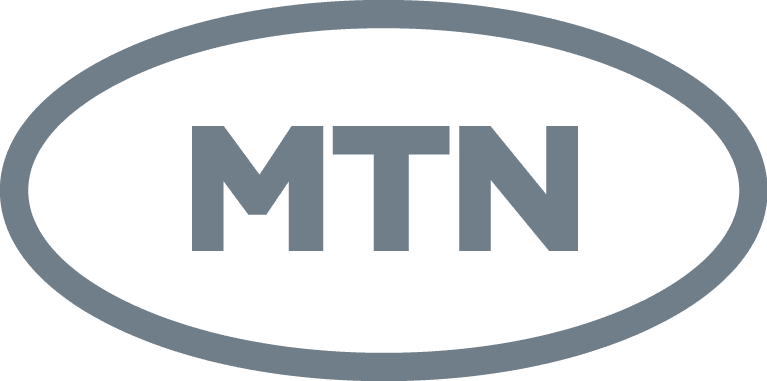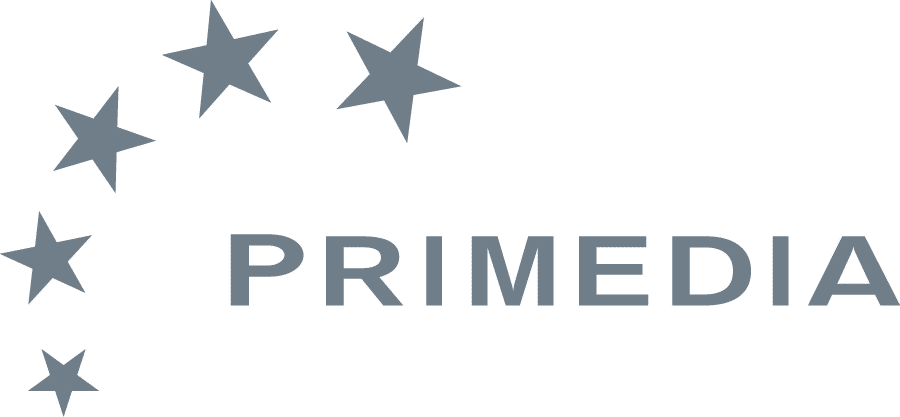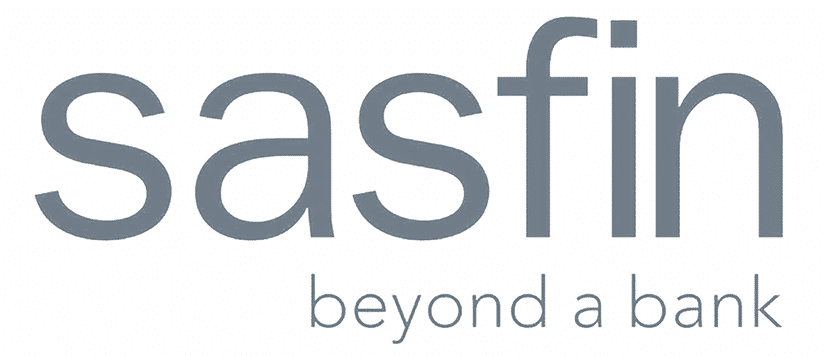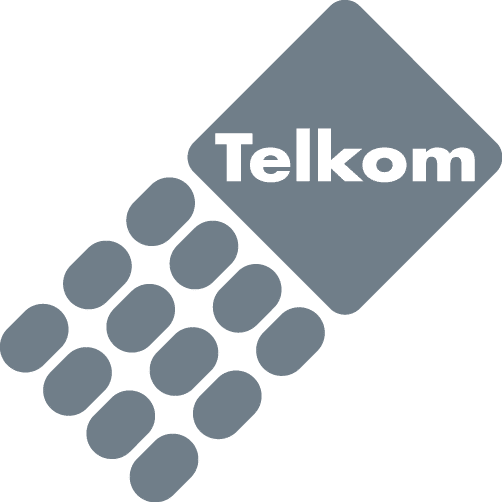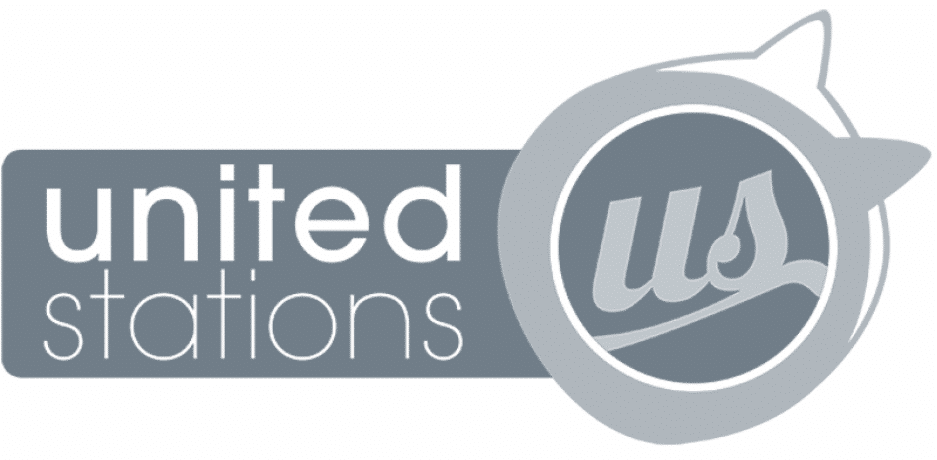You can be sure great content marketing is just half the battle in today’s digital world. The real challenge is in how you distribute it. You can write the most insightful blog post or create the most visually stunning video, but if nobody views it, does it even matter? That’s where Inbound marketing distribution comes into play: the art and science of getting your content in front of the right people, at the right time, using the right mediums.
With algorithms constantly evolving and attention spans on the decline, it’s more challenging than ever to find success today. Successful brands aren’t necessarily the ones who create the most content; they’re the ones that target distribution effectively and consistently. Proper distribution will help your content achieve its highest potential, increasing visibility, engagement and credibility across platforms.
An effective Inbound marketing strategy doesn’t end with creation; it spills over into amplification. Your distribution plan, whether through organic channels like SEO and social media or paid means such as ads and influencer deals, is what stands between your content thriving or dying.
Understanding Content Marketing Distribution: Owned, Earned, and Paid Channels
The 3 Pillars of Content Marketing: Distribution. Before you evaluate which channels are proper to focus on, you must learn the three main pillars of content distribution: owned, earned and paid media. All play a critical role in expanding the reach of your brand and building awareness.
Owned Channels
Owned channels are the platforms you have control over, your website, blog, email list and social media profiles. This is where you’ll be able to share content that belongs to you. They provide complete creative freedom and enable you to create regular communication with your audience.
For instance, your company blog can feature SEO-friendly how-to articles, and your email newsletter can retain current subscribers. Owned media has that great advantage of stability: no matter how much their algorithms or your external keep you down, they can’t completely reduce the effectiveness of your exposure. But organic traction takes time to develop.
Earned Channels
As defined, earned media are the promotional benefits that you garner through third-party public relations, the kind of thing that comes for free when a person, after finding your thought-leadership valuable, shares it. It’s called “earned” because you can’t purchase it; instead, you earn it through quality, credibility and relationships.
Earned media increases your reach tenfold (or more) because it exposes your content to an audience that already trusts the source. For instance, when one of your articles was shared by an influencer or linked by a top publication, you established credibility for your brand.
Paid Channels
Paid distribution refers to any platform where you pay to gain exposure for your content, such as Google Ads, sponsored social posts, and influencer partnerships. Paid media helps on the journey by getting in front of the right people, quickly and at scale. It can be especially effective for driving new campaigns or products.
The best Inbound marketing strategies use a mix ‘n’ match of all three, owned channels for stability, earned channels for credibility and paid-for channels for speed. Knowing this blend is a basis for publishing your own content for maximum exposure.
Choosing the Right Platforms for Your Audience and Goals
To deliver content marketing that’s worth looking at to your audience, you’ll need to know where your customers are hanging out and what types of content they enjoy consuming. A great content marketing plan begins with exactness; quality is necessary over quantity.
Know Your Audience
Leverage your analytics tools such as Google Analytics, Meta Insights or HubSpot to find out who your audience is and what their likes and dislikes are. Younger audiences might like TikTok or Instagram Reels, while working professionals spend more time on LinkedIn or Medium. Know your audience, and your content will be where it needs to be.
Platform Strengths
Each channel has unique strengths:
If you happen to want to publish B2B Inbound marketing, thought leadership pieces or professional articles, LinkedIn is the perfect platform.
Instagram and TikTok shine for visual storytelling, product demonstrations and brand personality.
YouTube is best for tutorials, explainers, and long-form storytelling.
Pinterest works well for evergreen, inspirational content in lifestyle, design and wellness categories.
Email continues to be one of the most effective personalised distribution tools for ROI.
Repurpose for Each Platform
Repurposing is key. Don’t just cut and paste the duplicate content everywhere; customise your format and message for each platform. Convert a lengthy blog post into bite-sized LinkedIn carousels, Instagram captions or a YouTube summary video.
Leverage SEO and Search Intent
Services like Google and YouTube are built to encourage search-driven discovery. Make sure your titles, keywords and descriptions match the ones people are looking for. This is to make sure your content remains findable long after it was first published.
The best content distribution strategy doesn’t chase every platform; it focuses on a few where your audience and message marry well.
Amplifying Reach Through Collaboration, Partnerships, and Community
Distribution is more than just about getting your content marketing out there; it’s about sharing influence. Your content’s reach, value and engagement can all be significantly increased through collaborations and partnerships. In today’s interdependent digital landscape, collaborating with others can mean that your outreach is multiplied faster than going solo.
Influencer Collaborations
Collaborating with other influencers in your niche is one of the most powerful methods for increasing reach. Influencers already have intuitive followers who trust their recommendations. Partner with them on sponsored content, guest posts or interviews so that you’re able to take your message to their audience. Opt for influencer marketing from influencers who genuinely share your brand’s core values for effective promotion.
Guest Posting and Cross-Promotion
Make contributions on other websites related to your profession, which will enhance your authority and provide backlinks. In exchange, you get to reach new audiences. Likewise, cross-promotion with complementary brands, such as a wellness company partnering with a nutrition coach, works for both parties.
Community Engagement
For one thing, communities are strong, and they’re usually underused. Sharing in online groups, forums, or social communities such as Reddit, Slack, or Facebook Groups puts you directly in front of interested niche-based audiences. But an honest conversation can make all the difference. Don’t spam; offer something meaningful instead.
Collaborative Content
Collaborative webinars, podcasts or co-written articles between two or more experts that see ideas and followers being exchanged simultaneously. (c) and (d) These types of partnerships often lead to higher engagement, as they are conversational and authentic. You make your Inbound marketing a give and take, spreading not through links but in trust and connection.
Measure, Refine, and Repurpose: The Secret to Sustainable Reach
Indeed, the best content marketing distribution strategies are not static; they grow thanks to data. After your work is out in the world, you then measure performance, look for patterns and tweak.
Track Key Metrics
Track reach, engagements, CTR, shared links and conversions through analytic tools. Metrics tell you not only how far your Inbound marketing has reached, but also how well it connected.
Traffic analytics provide insight into which platforms bring the highest numbers of visitors.
“Likes, comments and shares” are a measure of emotional resonance.
Conversion data is the ultimate no-BS ROI metric, how well your content marketing leads to sales, or at least leads.
Identify High-Performing Content
Identify what subjects, forms and platforms work best. If you have a blog post that always sends visitors to your site, consider creating it in several forms, such as an infographic, quick video or downloadable guide. This type of reimagination of high-converting Inbound marketing ensures your message won’t die, but you don’t have to spend hours devising it.
Adjust and Optimise
Data should shape decisions. If one channel does not perform well, try alternate posting times, captions or visuals. SEO-focused content might require new keywords, and social content marketing could assist with A/B testing for headlines or CTAs.
Sustain Through Repurposing
This is not recycling; this is repurposing, strategic innovation. For instance, repurpose a webinar into an article summary, chop up main takeaways and turn them into snackable social posts or gather a group of similar articles together to publish as an eBook. This strategy helps you squeeze every drop of juice out of your budget and pound your messaging home consistently.
Measurement and purification enable distribution to be transformed from a guessing-game process into one of precision. In content marketing, the winners are not those who produce their message but who constantly refine, refresh and scale it.
Conclusion
Content marketing creation is the star, but content distribution makes the results happen. Nothing becomes invisible content without a solid distribution strategy; even the best content marketing fades away and gets lost amidst competition. To reach as many people as possible, brands need to get the timing, platform and their fans right.
Begin with the base: your owned channels. Maximise your online system on the website, blogs, and email marketing to have a platform. Layer this with earned media, such as mentions from influencers and guest collaborations, to establish authority and credibility. “For immediate impact, spend money for paid distribution,” he continued. All the feeds supplement one another and thus form an integrated, multi-tiered ecology.
GET IN TOUCH WITH THE DIGITAL SCHOOL OF MARKETING
Do you want to become a content marketer? If you do, then you need to do our Content Marketing Course at the Digital School of Marketing. Follow this link to find out more.
Frequently Asked Questions
Content distribution in content marketing involves advertising and distributing content across multiple platforms to widen your reach. It is making the most of owned, earned and paid channels, from blogs and social media to partnerships with other sites and advertising, to ensure visibility. Distribution ensures that your content doesn’t just sit on your website but reaches the right people at the right time.
Great content marketing can go to waste if no one sees it. The battle in distributing your content is whether your message will reach relevant audiences or remain “lost” in the general digital noise. Distribution is crucial because it helps increase awareness, interaction and conversions with your content by pushing it out to the right platforms. It enables you to expand your network and draw new followers, while maintaining the old ones. Without effective distribution, your content will not maximise its potential in terms of traffic or ROI.
Content marketing can be published through three main distribution channels: owned, earned, and paid media. Owned channels are your website, blog, and email list. Using these platforms is entirely up to you. Earned media includes publicity that you acquire through third parties, whether it’s influencer mentions, backlinks, PR features or beyond. Paid media is advertising, sponsored content marketing and social media boosts that can help you reach new audiences fast.
This will depend on who your audience is, your goals and what format you are delivering in. Leverage tools like Google Analytics and social media insights to see where your audience is hanging out. For B2B content, LinkedIn and email newsletters are the best platforms. For B2C, there is higher engagement on Instagram, TikTok and YouTube. But each channel has a role to play: blogs for SEO, videos for telling stories and social for conversation.
It requires you to be consistent, optimised, and part of a community. Begin by SEO-ing your content marketing, working in relevant keywords, meta descriptions and backlinks. Post your content consistently on social platforms and ask for engagement with comments or shares. Retool long-form content into snackable pieces that can be shared across different platforms for greater reach. Work with influencers or partners to break into new audiences.
.
Measure the success of your content distribution by monitoring KPIs, such as traffic, engagement rate, shares and conversion numbers. Leverage analytics tools like Google Analytics, HubSpot, or SEMrush to understand which platforms and formats work best. Track what channels bring the highest quality leads or acquisitions, and which ones engage your audience the most. To follow longer-term patterns, compare the performance of evergreen content with the short-term bursts from campaigns.
Blog Categories
You might also like
- Will Content Marketing Generate Leads for your Business?
- Why You Should Use a Content Calendar For Your Digital Marketing
- Why you should search for trending hashtags before posting content
- Why You Should Master Digital Copywriting To Enhance Your Content
- Why you should leave comments on blogs
- Why You Should Search For Trending Hashtags Before Publishing




